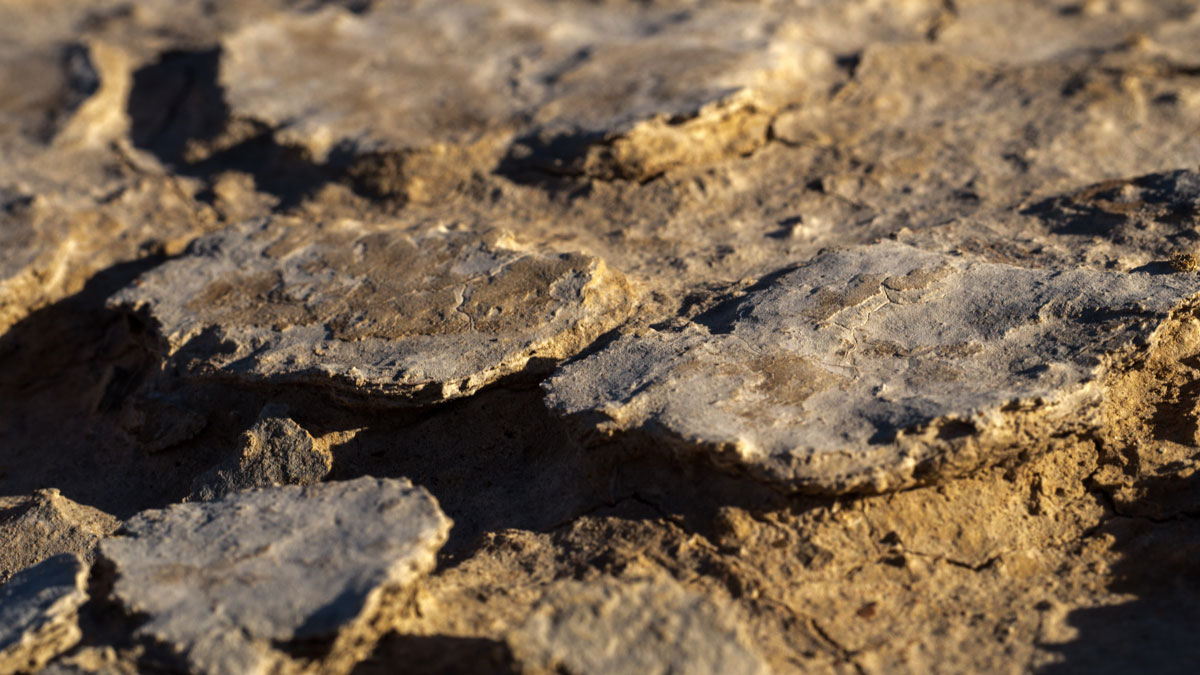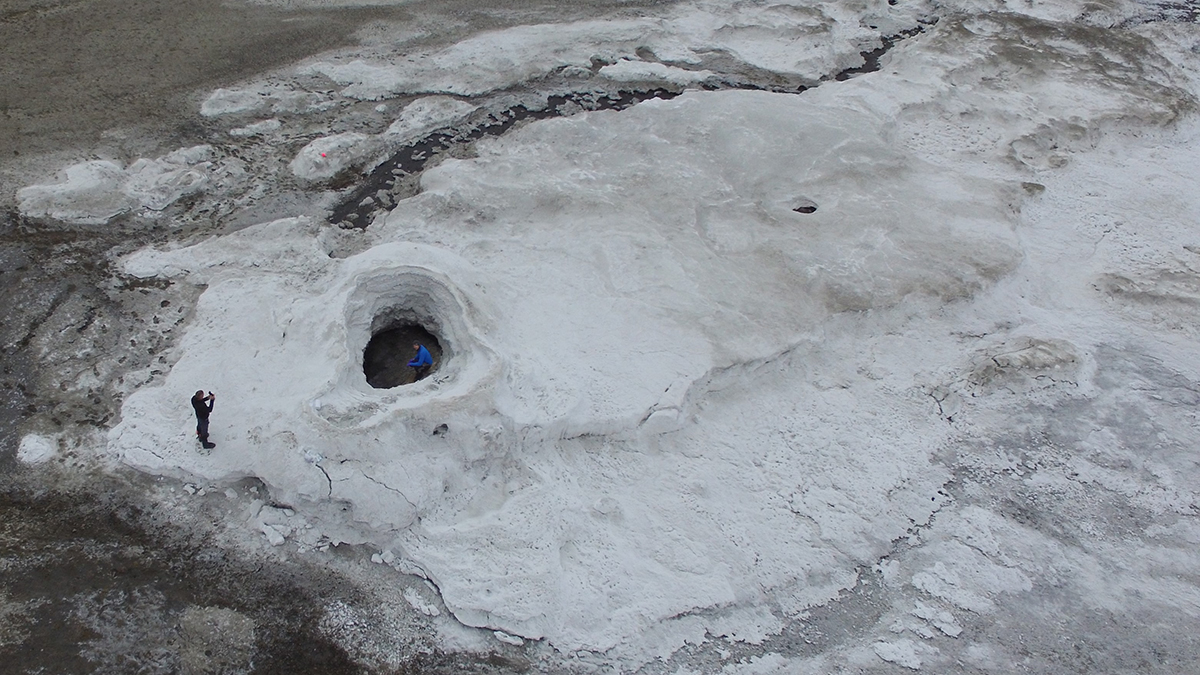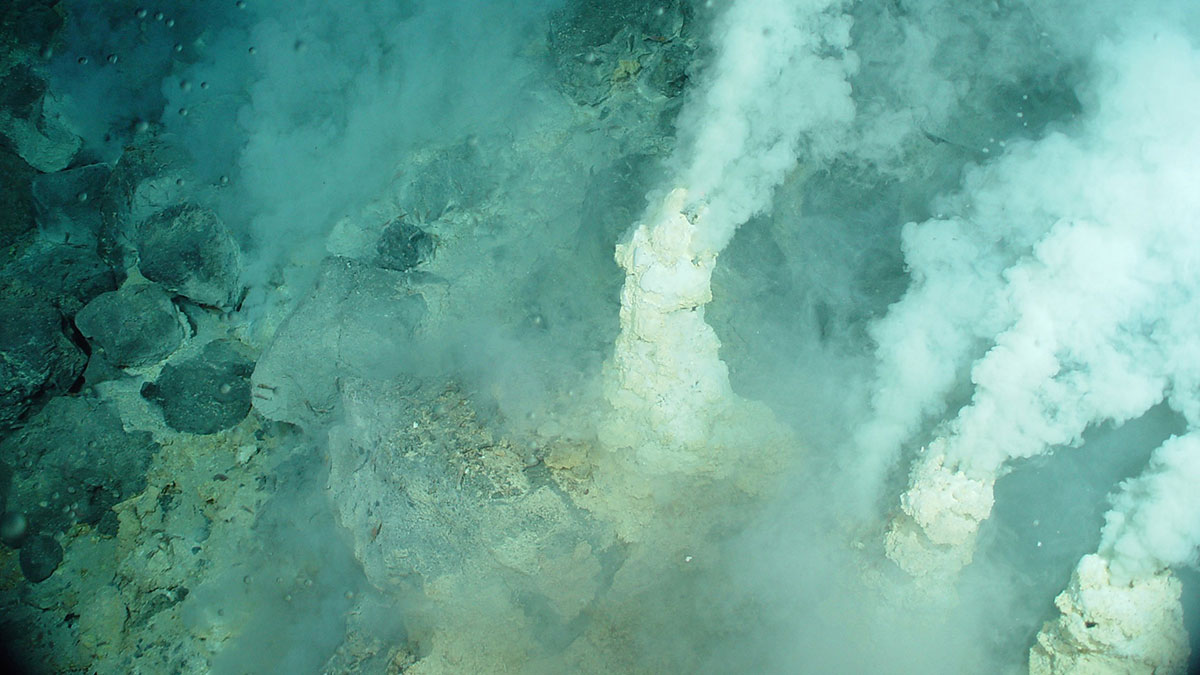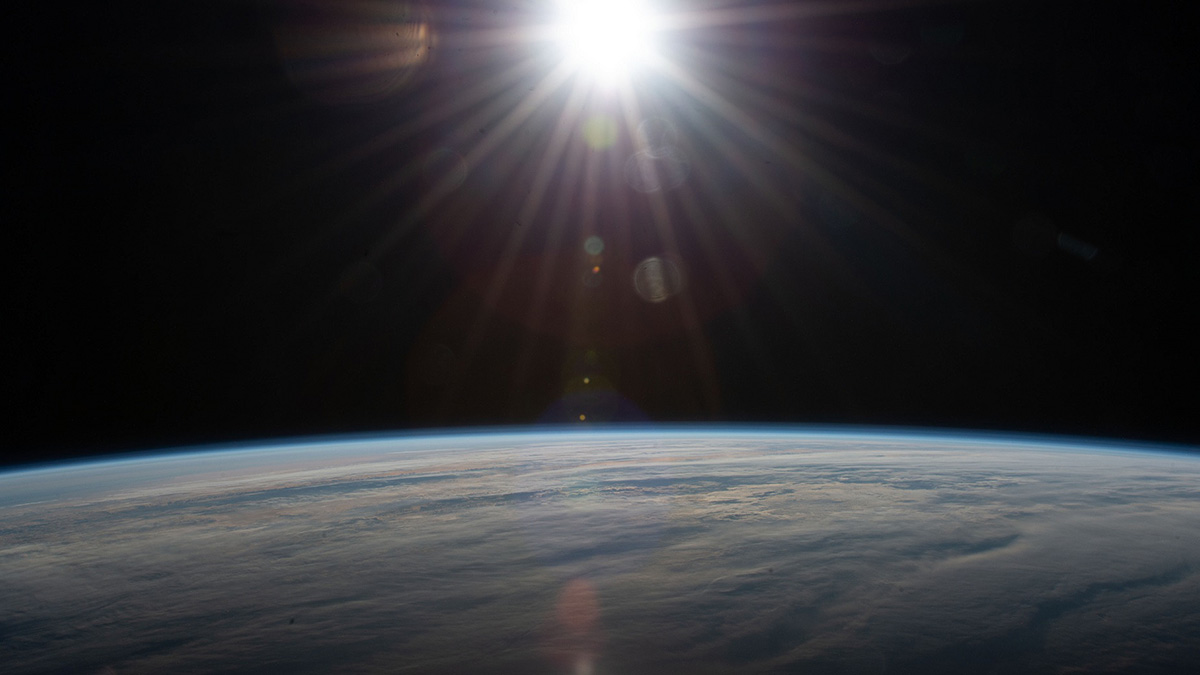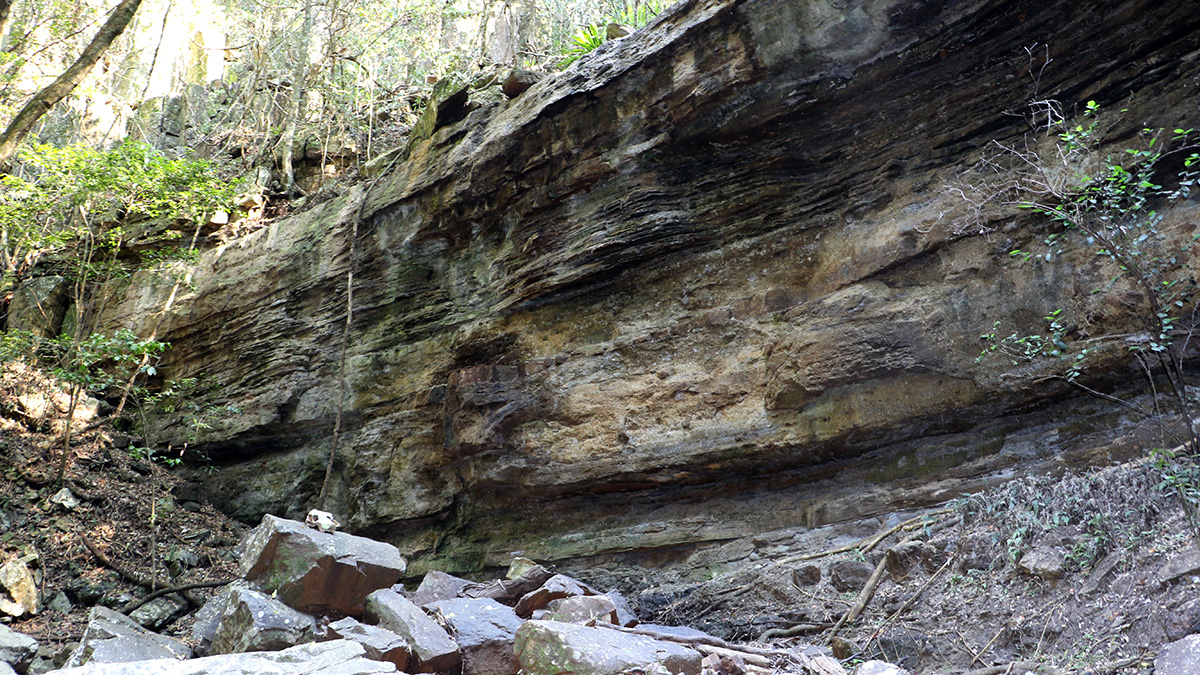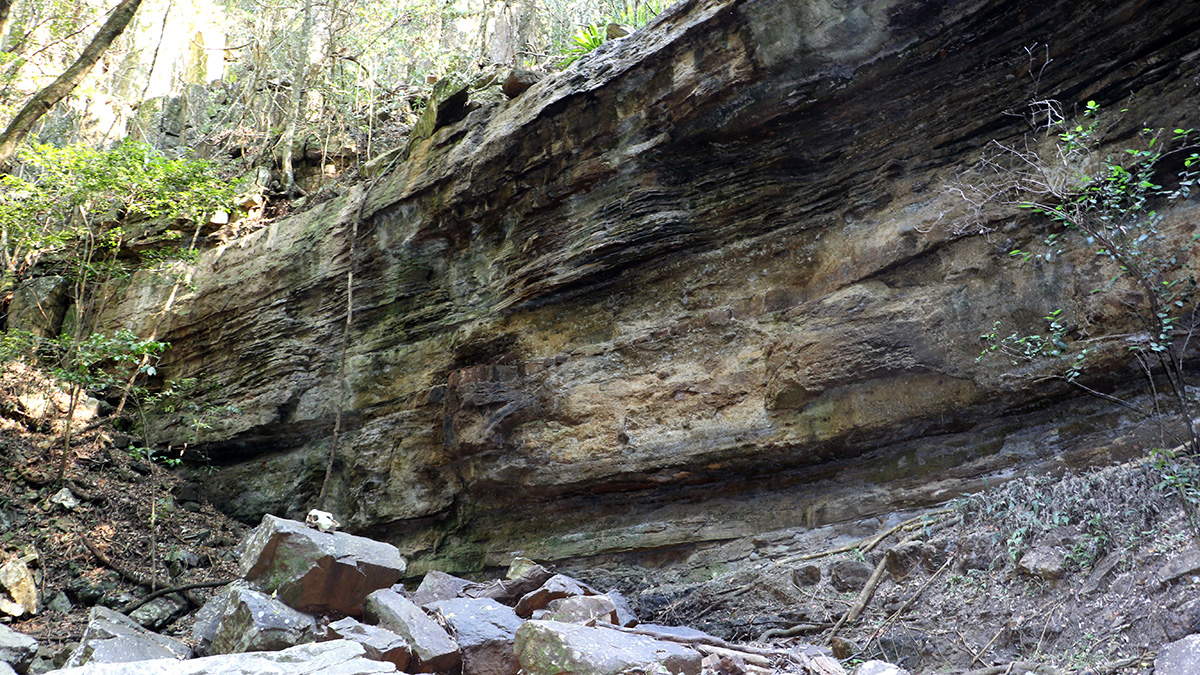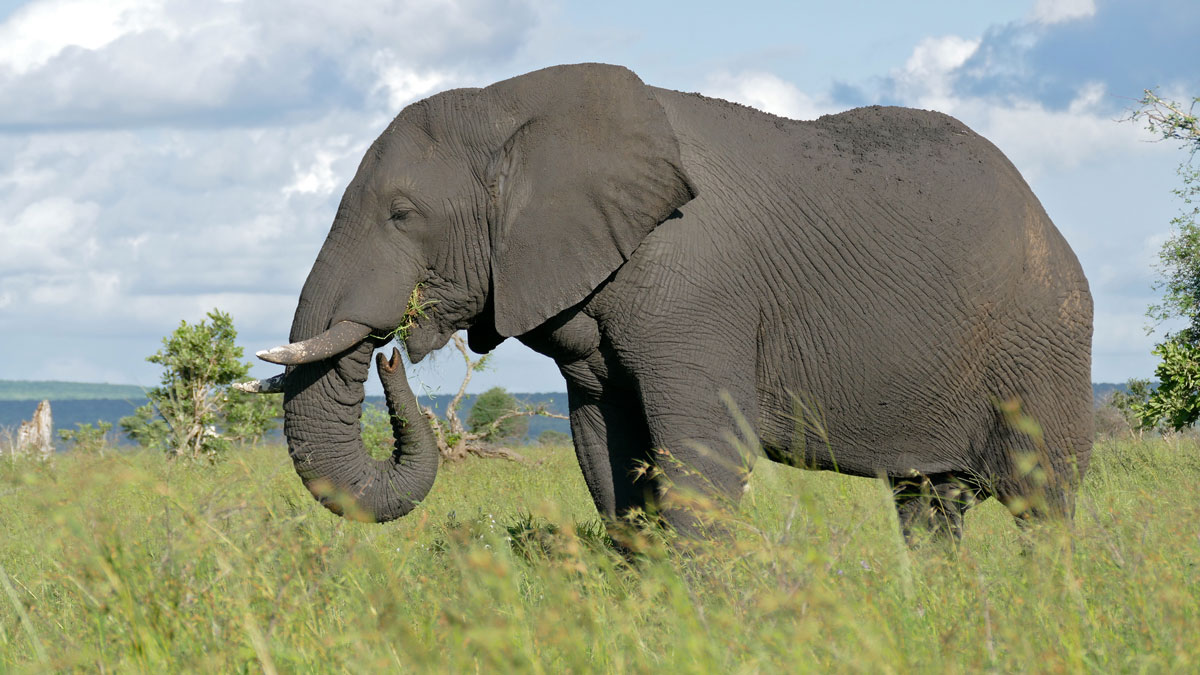Results of in situ experiments on natural microbial communities suggest that biological crusts can protect soils from erosion, but their protective role could be compromised under predicted future climate scenarios.
bacteria & microbes
Lipids from Europa’s Ocean Could Be Detectable on the Surface
A super salty spring in the Canadian Arctic provides insights key to detecting life on a distant ocean world.
Pequeños cambios climáticos podrían verse magnificados por procesos naturales
Un nuevo estudio utiliza técnicas de modelado para descubrir cómo pequeños incidentes de calentamiento pueden convertirse en eventos hipertermales que duran miles de años.
A Fresh View of Microbial Life in Yellowstone’s Hot Springs
Research on the habitat ranges of microorganisms in Yellowstone’s hot springs reveals an overlap between cyanobacteria and algae.
Un nuevo modelo para un antiguo evento de extinción
Un modelo 3D del sistema Tierra incorpora variables como la temperatura y la sulfurización para aclarar el evento de extinción de finales del Pérmico.
A New Model for an Old Extinction Event
A 3D Earth system model incorporates variables such as temperature and sulfurization to shed light on the end-Permian extinction event.
Climate Change Could Reshape Pathogen Profile of Diarrheal Disease
An illness caused by rotavirus could recede as temperatures warm, whereas wetter conditions might favor some bacterial competitors.
Rethinking How Valley Fever Spreads
Scientists have long assumed that dust storms lead to infections with the desert soil fungus Coccidioides, but new evidence suggests otherwise.
Large Herbivores May Improve an Ecosystem’s Carbon Persistence
The grazing habits of wild animals like elephants and boars enable long-term carbon storage, according to new research that stresses the need to align climate mitigation goals with biodiversity conservation.

